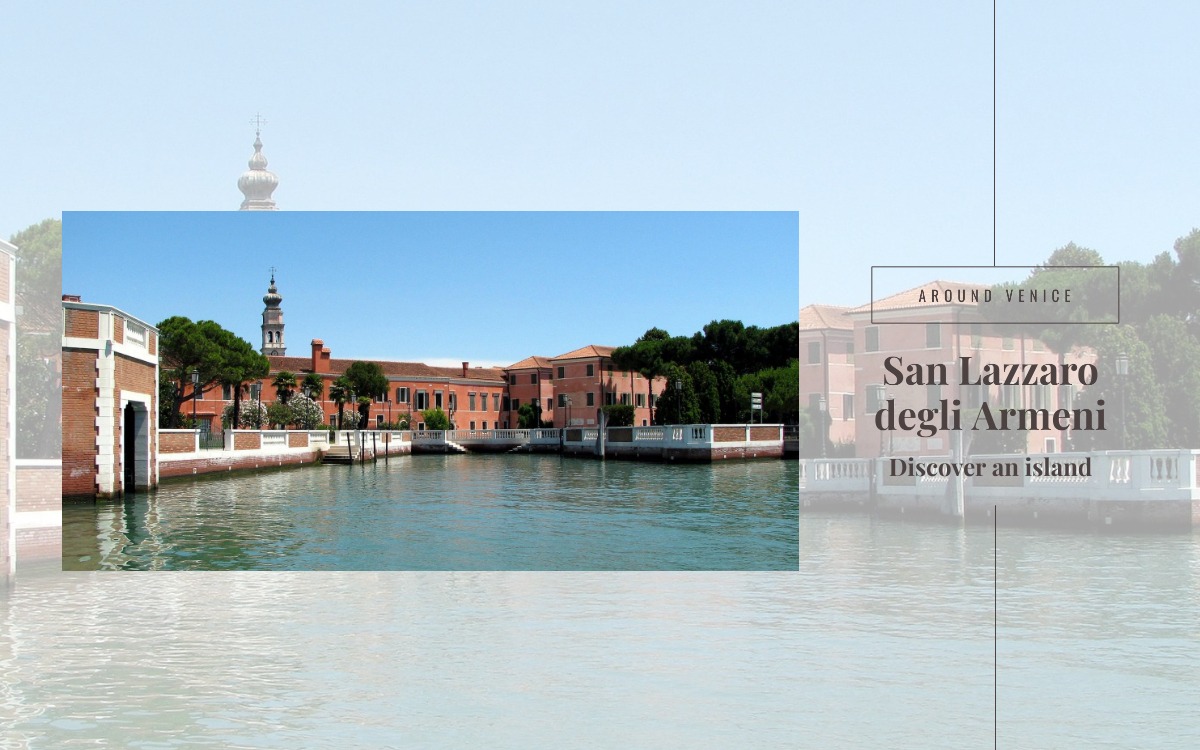San Lazzaro degli Armeni – Discover an island
Two kilometres from Venice, surrounded by the waters of the lagoon, lies the island of San Lazzaro degli Armeni. Come with us to discover a land rich in culture, history and works of art!
To the origins
The island was initially inhabited by Benedictine monks in the 11th-12th centuries, but given its location in the lagoon – far from the city centre, but convenient to reach by boat if necessary – it was chosen as a lazaretto run by different religious congregations, a use that now remains only in its name.
At the beginning of the 18th century, the Senate of the Venetian Republic granted permission to the Armenian monk Manug di Pietro known as ”Mechitar”, founder of the Mekhitarist community in Istanbul, to settle on the island. Mechitar and his group of monks arrived in the lagoon city to escape the Turkish persecution in Byzantium.
The monks worked to restore the ancient ruined church and also built a monastery and premises to house the library and art gallery.
San Lazzaro degli Armeni: a treasure trove
The buildings, in the quiet of the island, house various types of artefacts. Over the centuries the religious community acquired, including through donations, archaeological finds such as ancient terracottas, ushabti and works of oriental art such as the Canton Ball, an ivory handmade object composed of 14 concentric spheres.
In fact, in addition to the section dedicated to the art and history of the Armenian people, there are many exhibits from distant countries: one of the best known finds is the mummy, complete with sarcophagus, of Nemen Khet Amen, originally from Egypt and dated to the 7th century.
Continuing our journey, in the art gallery, where the ceiling features an allegory of Piece and Justice by Tiepolo, there are works by Armenian painters such as Ivan Aivazovsky and Harutiun Ajemian.
Another treasure is undoubtedly the book collection consisting of around 4,000 manuscripts, mostly of Armenian origin dating from the 6th to the 18th century.
Fortunately, all the precious works preserved in the monastery were not dispersed during the Napoleonic suppression period, as Napoleon himself considered the Congregation of the Armenian Fathers to be a literary academy and not a religious institution.
Venice and its surroundings hold treasures of immense cultural value! Keep reading the articles on the Venice Box blog to discover them all.




